Peng Liang
Fine-Tuning Code Language Models to Detect Cross-Language Bugs
Jul 29, 2025Abstract:Multilingual programming, which involves using multiple programming languages (PLs) in a single project, is increasingly common due to its benefits. However, it introduces cross-language bugs (CLBs), which arise from interactions between different PLs and are difficult to detect by single-language bug detection tools. This paper investigates the potential of pre-trained code language models (CodeLMs) in CLB detection. We developed CLCFinder, a cross-language code identification tool, and constructed a CLB dataset involving three PL combinations (Python-C/C++, Java-C/C++, and Python-Java) with nine interaction types. We fine-tuned 13 CodeLMs on this dataset and evaluated their performance, analyzing the effects of dataset size, token sequence length, and code comments. Results show that all CodeLMs performed poorly before fine-tuning, but exhibited varying degrees of performance improvement after fine-tuning, with UniXcoder-base achieving the best F1 score (0.7407). Notably, small fine-tuned CodeLMs tended to performe better than large ones. CodeLMs fine-tuned on single-language bug datasets performed poorly on CLB detection, demonstrating the distinction between CLBs and single-language bugs. Additionally, increasing the fine-tuning dataset size significantly improved performance, while longer token sequences did not necessarily improve the model performance. The impact of code comments varied across models. Some fine-tuned CodeLMs' performance was improved, while others showed degraded performance.
Using LLMs in Generating Design Rationale for Software Architecture Decisions
Apr 29, 2025Abstract:Design Rationale (DR) for software architecture decisions refers to the reasoning underlying architectural choices, which provides valuable insights into the different phases of the architecting process throughout software development. However, in practice, DR is often inadequately documented due to a lack of motivation and effort from developers. With the recent advancements in Large Language Models (LLMs), their capabilities in text comprehension, reasoning, and generation may enable the generation and recovery of DR for architecture decisions. In this study, we evaluated the performance of LLMs in generating DR for architecture decisions. First, we collected 50 Stack Overflow (SO) posts, 25 GitHub issues, and 25 GitHub discussions related to architecture decisions to construct a dataset of 100 architecture-related problems. Then, we selected five LLMs to generate DR for the architecture decisions with three prompting strategies, including zero-shot, chain of thought (CoT), and LLM-based agents. With the DR provided by human experts as ground truth, the Precision of LLM-generated DR with the three prompting strategies ranges from 0.267 to 0.278, Recall from 0.627 to 0.715, and F1-score from 0.351 to 0.389. Additionally, 64.45% to 69.42% of the arguments of DR not mentioned by human experts are also helpful, 4.12% to 4.87% of the arguments have uncertain correctness, and 1.59% to 3.24% of the arguments are potentially misleading. Based on the results, we further discussed the pros and cons of the three prompting strategies and the strengths and limitations of the DR generated by LLMs.
On Developers' Self-Declaration of AI-Generated Code: An Analysis of Practices
Apr 23, 2025Abstract:AI code generation tools have gained significant popularity among developers, who use them to assist in software development due to their capability to generate code. Existing studies mainly explored the quality, e.g., correctness and security, of AI-generated code, while in real-world software development, the prerequisite is to distinguish AI-generated code from human-written code, which emphasizes the need to explicitly declare AI-generated code by developers. To this end, this study intends to understand the ways developers use to self-declare AI-generated code and explore the reasons why developers choose to self-declare or not. We conducted a mixed-methods study consisting of two phases. In the first phase, we mined GitHub repositories and collected 613 instances of AI-generated code snippets. In the second phase, we conducted a follow-up industrial survey, which received 111 valid responses. Our research revealed the practices followed by developers to self-declare AI-generated code. Most practitioners (76.6%) always or sometimes self-declare AI-generated code. In contrast, other practitioners (23.4%) noted that they never self-declare AI-generated code. The reasons for self-declaring AI-generated code include the need to track and monitor the code for future review and debugging, and ethical considerations. The reasons for not self-declaring AI-generated code include extensive modifications to AI-generated code and the developers' perception that self-declaration is an unnecessary activity. We finally provided guidelines for practitioners to self-declare AI-generated code, addressing ethical and code quality concerns.
Integrating Various Software Artifacts for Better LLM-based Bug Localization and Program Repair
Dec 05, 2024



Abstract:LLMs have garnered considerable attention for their potential to streamline Automated Program Repair (APR). LLM-based approaches can either insert the correct code or directly generate patches when provided with buggy methods. However, most of LLM-based APR methods rely on a single type of software information, without fully leveraging different software artifacts. Despite this, many LLM-based approaches do not explore which specific types of information best assist in APR. Addressing this gap is crucial for advancing LLM-based APR techniques. We propose DEVLoRe to use issue content (description and message) and stack error traces to localize buggy methods, then rely on debug information in buggy methods and issue content and stack error to localize buggy lines and generate plausible patches which can pass all unit tests. The results show that while issue content is particularly effective in assisting LLMs with fault localization and program repair, different types of software artifacts complement each other. By incorporating different artifacts, DEVLoRe successfully locates 49.3% and 47.6% of single and non-single buggy methods and generates 56.0% and 14.5% plausible patches for the Defects4J v2.0 dataset, respectively. This outperforms current state-of-the-art APR methods. The source code and experimental results of this work for replication are available at https://github.com/XYZboom/DEVLoRe.
Knowledge-Guided Prompt Learning for Request Quality Assurance in Public Code Review
Oct 29, 2024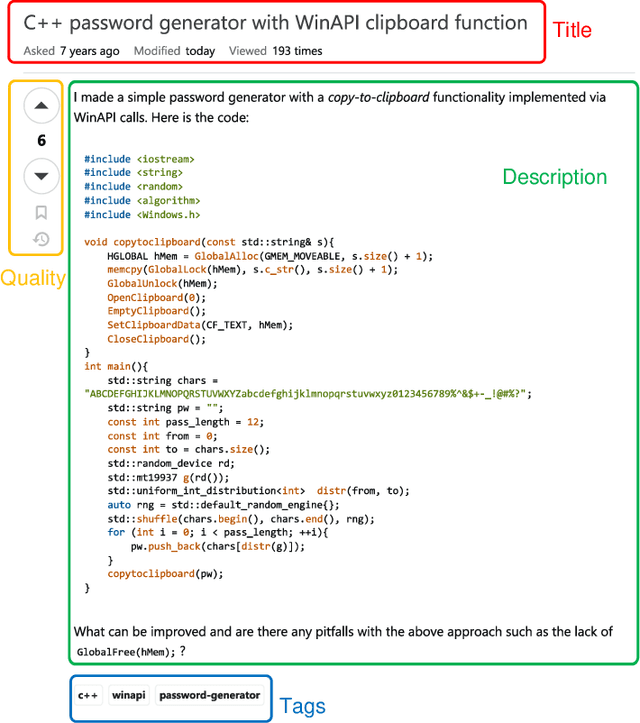

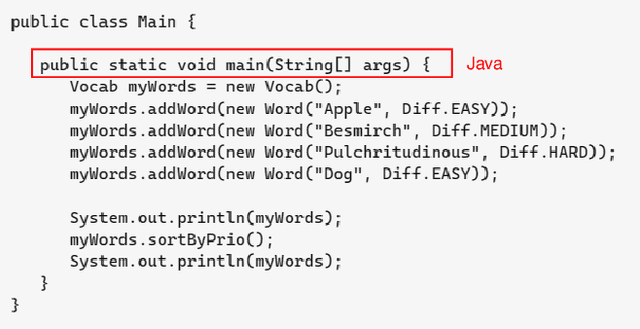
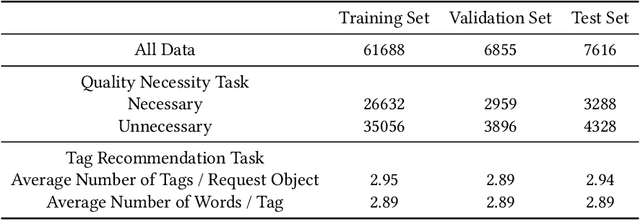
Abstract:Public Code Review (PCR) is an assistant to the internal code review of the development team, in the form of a public Software Question Answering (SQA) community, to help developers access high-quality and efficient review services. Current methods on PCR mainly focus on the reviewer's perspective, including finding a capable reviewer, predicting comment quality, and recommending/generating review comments. However, it is not well studied that how to satisfy the review necessity requests posted by developers which can increase their visibility, which in turn acts as a prerequisite for better review responses. To this end, we propose a Knowledge-guided Prompt learning for Public Code Review (KP-PCR) to achieve developer-based code review request quality assurance (i.e., predicting request necessity and recommending tags subtask). Specifically, we reformulate the two subtasks via 1) text prompt tuning which converts both of them into a Masked Language Model (MLM) by constructing prompt templates using hard prompt; 2) knowledge and code prefix tuning which introduces external knowledge by soft prompt, and uses data flow diagrams to characterize code snippets. Finally, both of the request necessity prediction and tag recommendation subtasks output predicted results through an answer engineering module. In addition, we further analysis the time complexity of our KP-PCR that has lightweight prefix based the operation of introducing knowledge. Experimental results on the PCR dataset for the period 2011-2023 demonstrate that our KP-PCR outperforms baselines by 8.3%-28.8% in the request necessity prediction and by 0.1%-29.5% in the tag recommendation. The code implementation is released at https://github.com/WUT-IDEA/KP-PCR.
Demystifying Issues, Causes and Solutions in LLM Open-Source Projects
Sep 25, 2024Abstract:With the advancements of Large Language Models (LLMs), an increasing number of open-source software projects are using LLMs as their core functional component. Although research and practice on LLMs are capturing considerable interest, no dedicated studies explored the challenges faced by practitioners of LLM open-source projects, the causes of these challenges, and potential solutions. To fill this research gap, we conducted an empirical study to understand the issues that practitioners encounter when developing and using LLM open-source software, the possible causes of these issues, and potential solutions.We collected all closed issues from 15 LLM open-source projects and labelled issues that met our requirements. We then randomly selected 994 issues from the labelled issues as the sample for data extraction and analysis to understand the prevalent issues, their underlying causes, and potential solutions. Our study results show that (1) Model Issue is the most common issue faced by practitioners, (2) Model Problem, Configuration and Connection Problem, and Feature and Method Problem are identified as the most frequent causes of the issues, and (3) Optimize Model is the predominant solution to the issues. Based on the study results, we provide implications for practitioners and researchers of LLM open-source projects.
On Unified Prompt Tuning for Request Quality Assurance in Public Code Review
Apr 11, 2024Abstract:Public Code Review (PCR) can be implemented through a Software Question Answering (SQA) community, which facilitates high knowledge dissemination. Current methods mainly focus on the reviewer's perspective, including finding a capable reviewer, predicting comment quality, and recommending/generating review comments. Our intuition is that satisfying review necessity requests can increase their visibility, which in turn is a prerequisite for better review responses. To this end, we propose a unified framework called UniPCR to complete developer-based request quality assurance (i.e., predicting request necessity and recommending tags subtask) under a Masked Language Model (MLM). Specifically, we reformulate both subtasks via 1) text prompt tuning, which converts two subtasks into MLM by constructing prompt templates using hard prompt; 2) code prefix tuning, which optimizes a small segment of generated continuous vectors as the prefix of the code representation using soft prompt. Experimental results on the Public Code Review dataset for the time span 2011-2022 demonstrate that our UniPCR framework adapts to the two subtasks and outperforms comparable accuracy-based results with state-of-the-art methods for request quality assurance. These conclusions highlight the effectiveness of our unified framework from the developer's perspective in public code review.
Security Code Review by LLMs: A Deep Dive into Responses
Jan 29, 2024Abstract:Security code review aims to combine automated tools and manual efforts to detect security defects during development. The rapid development of Large Language Models (LLMs) has shown promising potential in software development, as well as opening up new possibilities in automated security code review. To explore the challenges of applying LLMs in practical code review for security defect detection, this study compared the detection performance of three state-of-the-art LLMs (Gemini Pro, GPT-4, and GPT-3.5) under five prompts on 549 code files that contain security defects from real-world code reviews. Through analyzing 82 responses generated by the best-performing LLM-prompt combination based on 100 randomly selected code files, we extracted and categorized quality problems present in these responses into 5 themes and 16 categories. Our results indicate that the responses produced by LLMs often suffer from verbosity, vagueness, and incompleteness, highlighting the necessity to enhance their conciseness, understandability, and compliance to security defect detection. This work reveals the deficiencies of LLM-generated responses in security code review and paves the way for future optimization of LLMs towards this task.
Copilot Refinement: Addressing Code Smells in Copilot-Generated Python Code
Jan 25, 2024



Abstract:As one of the most popular dynamic languages, Python experiences a decrease in readability and maintainability when code smells are present. Recent advancements in Large Language Models have sparked growing interest in AI-enabled tools for both code generation and refactoring. GitHub Copilot is one such tool that has gained widespread usage. Copilot Chat, released on September 2023, functions as an interactive tool aims at facilitating natural language-powered coding. However, limited attention has been given to understanding code smells in Copilot-generated Python code and Copilot's ability to fix the code smells it generates. To this end, we built a dataset comprising 102 code smells in Copilot-generated Python code. Our aim is to first explore the occurrence of code smells in Copilot-generated Python code and then evaluate the effectiveness of Copilot in fixing these code smells employing different prompts. The results show that 8 out of 10 types of Python smells can be detected in Copilot-generated Python code, among which Multiply-Nested Container is the most common one. For these code smells, Copilot Chat achieves a highest fixing rate of 87.1%, showing promise in fixing Python code smells generated by Copilot itself. Besides, the effectiveness of Copilot Chat in fixing these smells can be improved with the provision of more detailed prompts. However, using Copilot Chat to fix these smells might introduce new code smells.
A Study of Fairness Concerns in AI-based Mobile App Reviews
Jan 16, 2024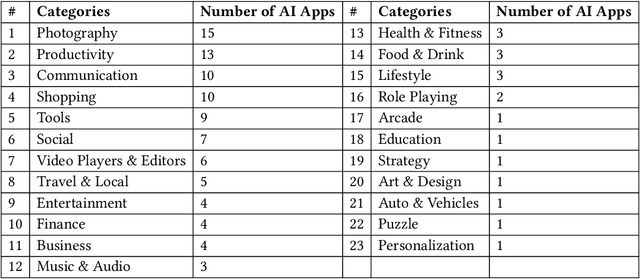


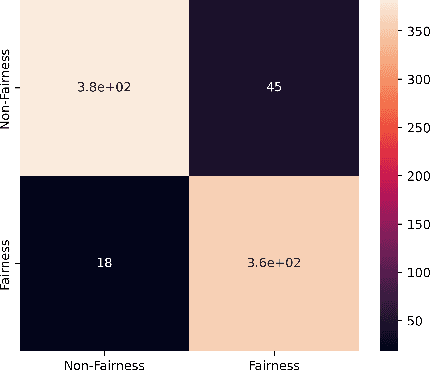
Abstract:With the growing application of AI-based systems in our lives and society, there is a rising need to ensure that AI-based systems are developed and used in a responsible way. Fairness is one of the socio-technical concerns that must be addressed in AI-based systems for this purpose. Unfair AI-based systems, particularly, unfair AI-based mobile apps, can pose difficulties for a significant proportion of the global populace. This paper aims to deeply analyze fairness concerns in AI-based app reviews. We first manually constructed a ground-truth dataset including a statistical sample of fairness and non-fairness reviews. Leveraging the ground-truth dataset, we then developed and evaluated a set of machine learning and deep learning classifiers that distinguish fairness reviews from non-fairness reviews. Our experiments show that our best-performing classifier can detect fairness reviews with a precision of 94%. We then applied the best-performing classifier on approximately 9.5M reviews collected from 108 AI-based apps and identified around 92K fairness reviews. While the fairness reviews appear in 23 app categories, we found that the 'communication' and 'social' app categories have the highest percentage of fairness reviews. Next, applying the K-means clustering technique to the 92K fairness reviews, followed by manual analysis, led to the identification of six distinct types of fairness concerns (e.g., 'receiving different quality of features and services in different platforms and devices' and 'lack of transparency and fairness in dealing with user-generated content'). Finally, the manual analysis of 2,248 app owners' responses to the fairness reviews identified six root causes (e.g., 'copyright issues', 'external factors', 'development cost') that app owners report to justify fairness concerns.
 Add to Chrome
Add to Chrome Add to Firefox
Add to Firefox Add to Edge
Add to Edge